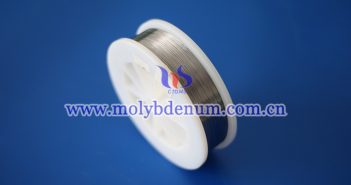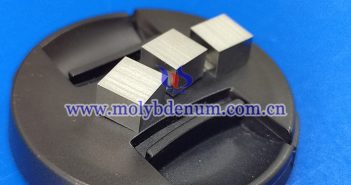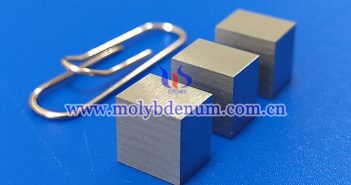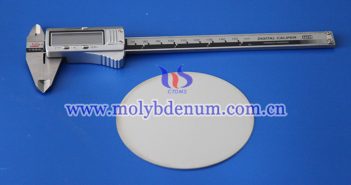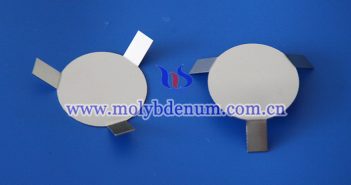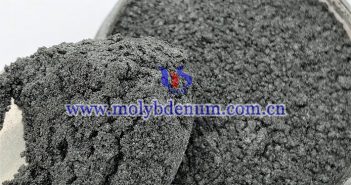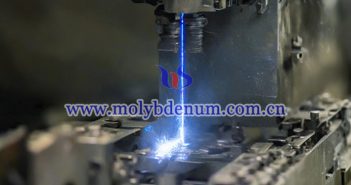
Molybdenum wire is used in a process known as Wire Electrical Discharge Machining (Wire EDM or WEDM) to cut or shape metal and other conductive materials. It can cut metal for several reasons: Electrical Discharge Machining (EDM) Principle: Wire EDM is a non-traditional machining process that uses a thin wire electrode to cut through the workpiece material using electrical discharges. It relies on the phenomenon of electrical sparks (discharges) between the wire and the workpiece, which can remove material through…

